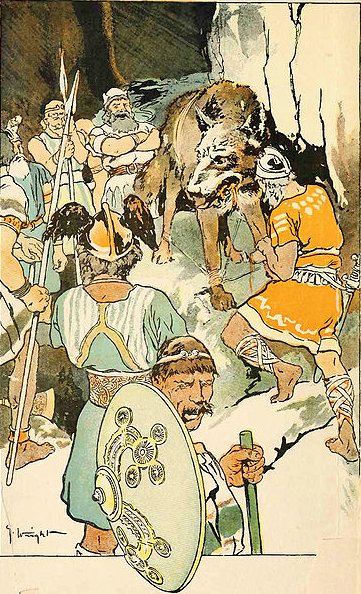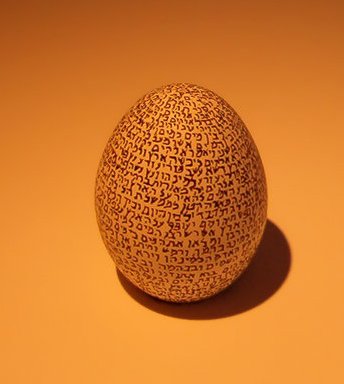|
ADDENDA
10d. Thus we can interpret the pair in the H text as representing the pair of border lines for the maitaki season, the first marking the beginning of this season when the Sun should be moving upwards (which explains the orientation of the sign) and the 2nd when the Sun was at his apex (straight above):
From this perspecitve we could then guess a maitaki season might also begin and end at Bb5-14 respectively at Bb6-25 - where the 'bird' is very old according to the length and curvature of his beak (in contrast to his short juvenile beak at the beginning):
It is easy to guess that 5-14 might refer (or allude) to May 14 (134), in which case 6-25 ought to correspond to day 134 + 51 = 185 (July 4). The basic meaning of the moe type of glyph seems to be 'on the verge of coming awake'.
At left in Bb5-14 we can see a standing man with no arm in front, which I guess might refer to Mars:
Tuesday means the day of Tyr, who had lost his arm in the mouth of the wolf Fenrir:
... The king, wearing now a short, stiff archaic mantle, walks in a grave and stately manner to the sanctuary of the wolf-god Upwaut, the 'Opener of the Way', where he anoints the sacred standard and, preceded by this, marches to the palace chapel, into which he disappears. A period of time elapses during which the pharaoh is no longer manifest ... In the Chinese star list their 15th station (out of a total of 28) was named Legs, and above we can see that Fenrir has allowed his legs to be bound together (in order to stop him from moving) because Tyr had put his right hand into is mouth as a security for him. The position of the Chinese Legs station was April 1 (91), which allows me to suggest the following dates:
|









